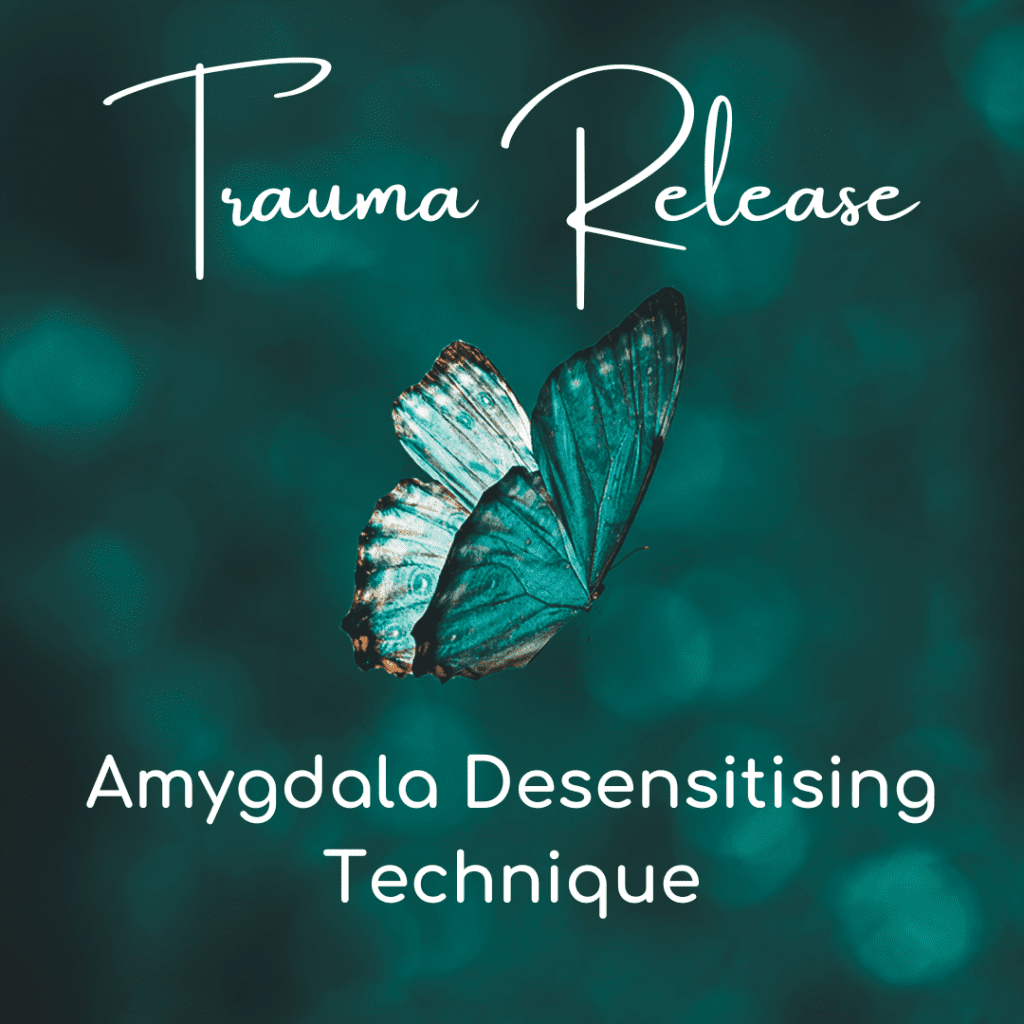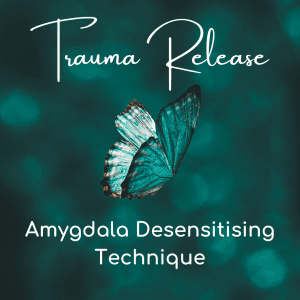Before you start out with any treatment, you always have a lot of questions. This is understandable, it’s unchartered territory for you. How do you know this is going to work? What will you have to do? Will it make you worse? What actually happens?
I have collated the questions that I am most commonly asked about the Cardiac Trauma Reprocessing technique and answered them for you below. If you cannot find the answer you want on my website then read on. It is good practice to ask questions before embarking on any therapy journey. I hope that I have answered most of them for you below and even given you some info you didn’t know you needed!

How much does it cost?
Each session costs £60.00. Some people may only need one session, others may need up to 4 sessions.
What is trauma?
Trauma is what happens to you when you go through a very frightening, stressful or distressing event. This can be from a single event like a heart attack or an accident, or it can be from an ongoing event like a heart condition diagnosis or abuse.
Trauma is the long-lasting effect it has on your mental and sometimes physical health from experiencing any of the above events.
How do you know you have trauma?
Everyone can feel low or down after experiencing a traumatic event, however, the symptoms of trauma can be different in everybody.
- Usual symptoms of trauma include:
- Confusion Exhaustion
- Sleeplessness Anxiety
- A heightened state of awareness Numbness
- Depression Feelings of avoidance
- Anger Flashbacks
- Frustration Nightmares/terrors
- Irritability Loss of motivation for doing the things you love.
What is the difference between simple and complex trauma?
Simple trauma can occur from one singular traumatic event such as cardiac arrest, serious accidents, violent incidents, etc. As there was one event that took place there was a beginning and an end to the incident, so people suffering from simple trauma may get validation and reassurance in less time.
Complex trauma is a series of ongoing traumatic events. So, with events like abuse, or a serious health diagnosis like heart disease etc. People may be suffering from complex trauma as they didn’t get a beginning and an ending to their event. It can take some people longer to get acceptance or reassurance.
Both of these types of trauma are treatable.
Can you diagnose PTSD or trauma?
No, I can’t. Only a doctor who has experience helping people with mental illnesses, such as a psychiatrist or psychologist, can diagnose PTSD.
What is the difference between the Cardiac Trauma Reprocessing BLAST technique® and EMDR techniques?
Both techniques use eye movements and desensitisation. EMDR trains both sides of the brain to work together. The right side of your brain is the most associated with trauma. It keeps you in that higher state of awareness and protection. The left side is the more logical part of the brain. When suffering from trauma, the right-hand side of your brain works a lot more than your left. So EMDR allows both sides to work together, therefore, making sense of why you feel the way you do.
The Cardiac Trauma Reprocessing BLAST Technique® has been developed as a new and improved method of EMDR. EMDR on steroids if you will! Using a laser pen, you are asked to make specific eye movements whilst talking about your traumatic event, therefore stimulating the left-hand side of your brain. This more methodical and logical side will step up and make sense of the triggers which cause the anxiety and trauma giving you reassurance, and clarity and taking you back to your everyday life feeling safe.
BLAST is an acronym, what does it stand for?
BLAST is an acronym for Bi-Lateral Analysis and Stimulation Treatment.
What are the benefits to cardiac clients?
By reprocessing the trauma of your heart event, you can dramatically reduce feelings of anxiety, worry, fear and stress. You will become less irritable and reduce any anger you may have been feeling. It will allow you to get a good night’s sleep giving your body and mind a chance to heal. It will help you achieve a positive outlook so you can let go of the past, and what happened to you, whilst still keeping all the learning and knowledge. You will be able to visualise success and feel motivated to achieve the lifestyle changes that are critical to reducing your risk factors.
What happens in a session?
We will discuss your feelings and how it affects your recovery mentally, emotionally, and physically. How they may relate to your cardiac event/s of the past, and how much they are impacting your life.
We’ll establish the event and how those feelings started for you, and we will work through this together. You don’t have to share anything with me that you are uncomfortable about, and it’s not a problem if you consciously don’t remember everything.
I will use a light pen and ask you to follow it with your eyes. While I talk to you about your thoughts and feelings during the event. This will happen a number of times. After each session following the light pen, I will ask you to recall your event and how you think and feel about it.
Once the effect of the old trauma has been reduced to a satisfactory level, we will check that all the negative thoughts and feelings that have impacted your recovery are removed.
What are bilateral movements and why are they important?
Quite simply, bilateral movements are moving your eyes from side to side. These specific movements mimic the movements your eyes make when you dream during sleep. This allows the Amygdala (small mass on either side of your brain) in the left side of your brain to work in conjunction with the Amygdala in the right side of your brain to make sense of your traumatic event rather than being in a state of panic.
Why does a heart attack, cardiac event, or heart surgery become a trauma?
The answer to this is the same reason why any serious event can become a trauma. It could be something you never expected to happen to you. Going into the hospital alone can be very traumatising at the best of times. Experiencing being in an ambulance, and being in an operating theatre both of these can be frightening.
You may not know what is happening to you or become confused as to exactly what happened. One minute you were walking through your local town and the next you remember being on the floor in pain and then being in a hospital with doctors and nurses rushing around you. Not being able to fill in those gaps is a scary thought as your brain can fill in the gaps for you.
You may have been healthy your whole life only to then be told that you have a serious heart condition. Why has this happened to you? Not being able to live the life you had before your diagnosis is a very confusing time. What if it happens again?
It’s not surprising then that your brain has put you into a heightened state of panic and anxiety, is it?
How are events and memories stored in the brain?
There are 3 main parts of the brain that store traumatic memories.
Hippocampus – This part of the brain plays the traumatic event over and over usually at night through dreams. This is the part of the brain which cannot make sense of what has happened. It cannot process the memory so keeps playing it over and over to try and make sense of it.
Amygdala – This is the part of the brain which keeps you in a constant state of fear. It is the part that controls your emotional response to memories.
Prefrontal cortex – This part of the brain assesses any immediate threat. It plans your responses to threats and is the epicentre of rational thinking.
How does it work in the brain?
When you have experienced a traumatic event, the right side of your brain is overworking. It replays the incident over and over, trying to make sense of what happened. It also triggers negative emotional responses as a protective strategy to make sure that any immediate threat to you is met with a defensive response. Therefore making you experience symptoms such as sleeplessness as your brain relives the event. A heightened state of awareness to make sure that it doesn’t happen to you again. Having anxiety and worrying that it can happen at any moment. These ongoing thoughts may even cause numbness and avoidance. You have overloaded that side of the brain so much that you cannot talk about it and you don’t want to go anywhere like the doctor’s surgery in case it triggers any response.
The left side of your brain is the more methodical and logical side. So at this point, the left side of your brain is not working half as much as the right side. You cannot process any logical thinking in relation to your trauma as the right side has basically taken over.
The BLAST Technique®, therefore, kicks the left side of your brain into gear. Processing your thoughts logically and methodically so you can experience a calmer state. Learning how to cope with these responses and emotions and making sense of everything that happened to you.
Can the BLAST Technique® be done remotely?
Yes. If you don’t live in the UK and are not within travelling distance of Huntingdonshire, UK sessions are available online via Zoom.
Is the BLAST Technique® suitable for everyone?
No. If you are pregnant, have epilepsy, or are suicidal then this technique can only be used under the written advice of your GP.
How quickly will I see an improvement?
Recovery from a single incident can happen in just one session. More complex traumas may take between 2 to 4 sessions.
Will I have to relive the traumatic event multiple times during treatment?
No not multiple times. We do talk about the trauma, but this is the only and last time that you will have to do it.
How long will a session last?
It varies anywhere from 45 minutes to 90 minutes.
Hopefully, I have managed to ease your mind a little by knowing that this treatment can work for you. If you do have any more questions, I am always available to answer anything you wish to ask before booking in by email you can contact me at sallie@myheartandmind.co.uk.
Please don’t be afraid to ask as many questions as needed!

